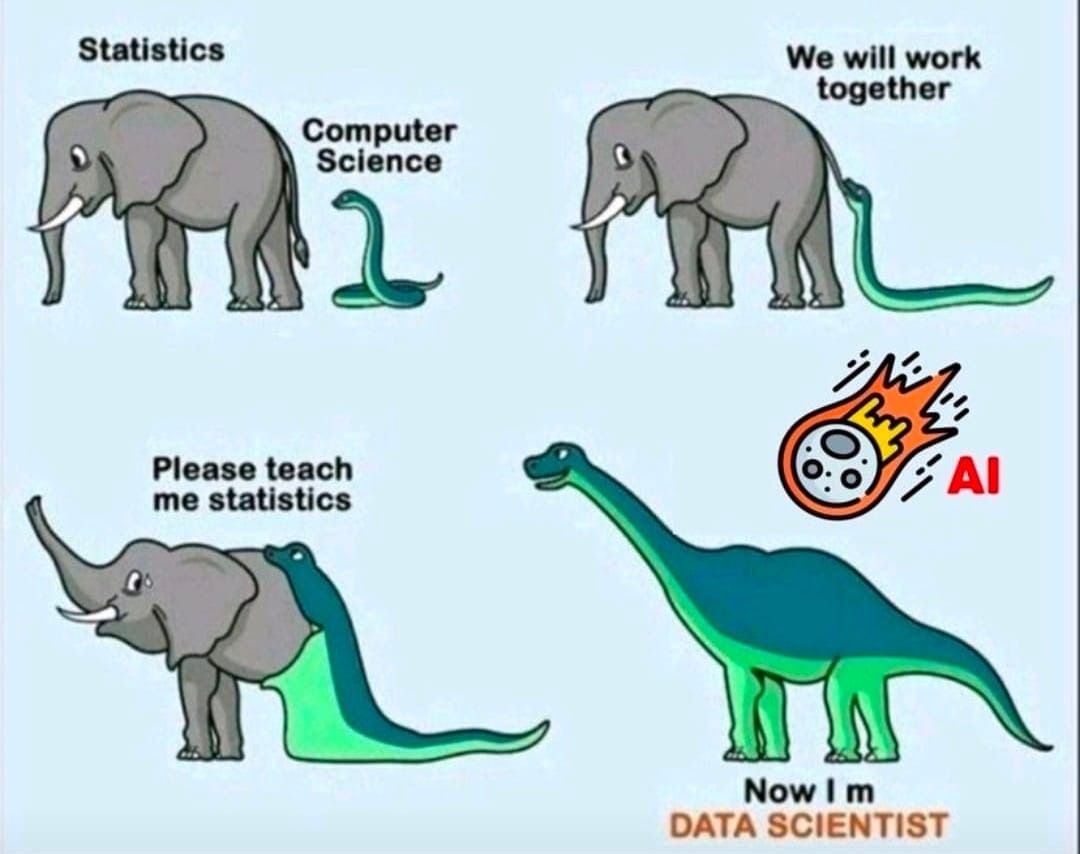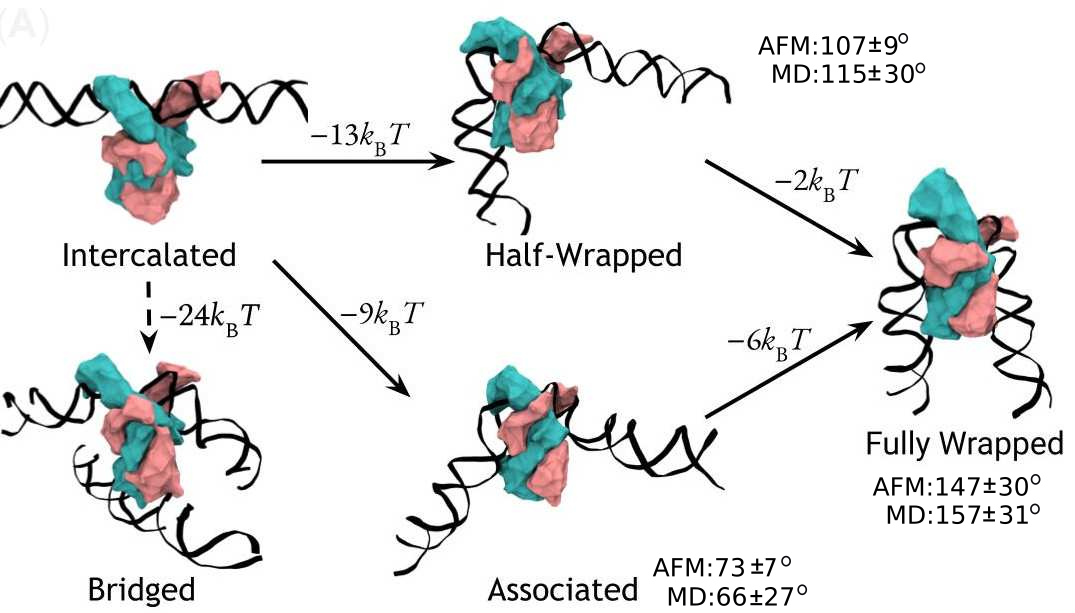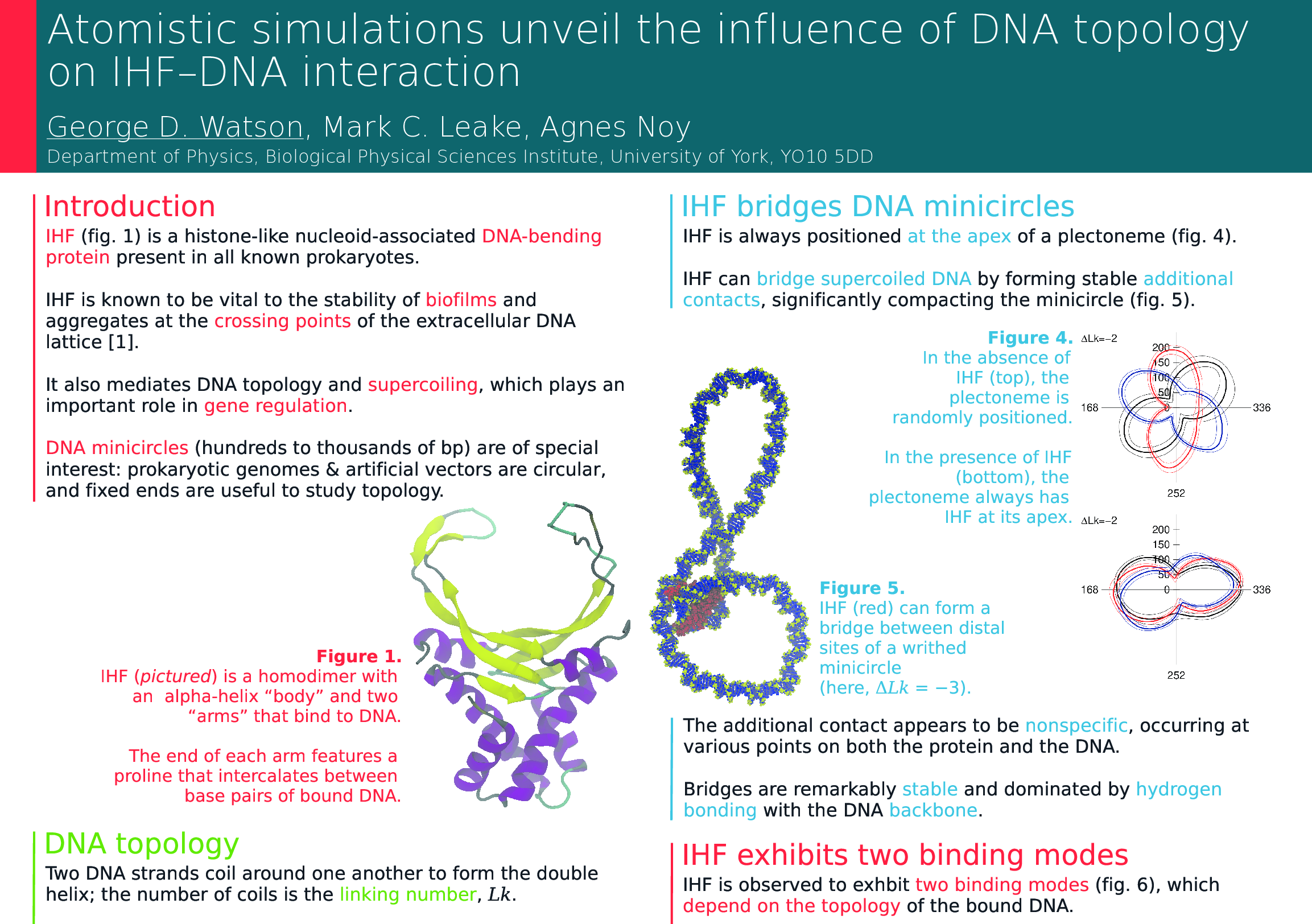The first paper from my PhD
has finally been published!
Using an exciting combination of
advanced simulations
and microscopy,
the paper reveals
the multiple ways
in which a protein
found in most bacteria
bends DNA
and demonstrates
that the protein can
hold together two separate DNA helices.
This has some important consequences
for our understanding of
DNA organisation in bacteria
and the stability of
infectious bacterial colonies,
and the tightly coupled combination
of experiment and simulation
presents a promising foundation
for future studies
into other important biological systems.
Unfortunately,
a scientific paper is
by its very nature
a relatively dry, technical document,
but the fruits of science belong to us all
and I think it’s important
that we share our research
outside the academic bubble.
With that in mind,
please do
sit tight while I
walk you through our work
in terms I hope
a scientifically curious layperson
can understand.
» Read more...





